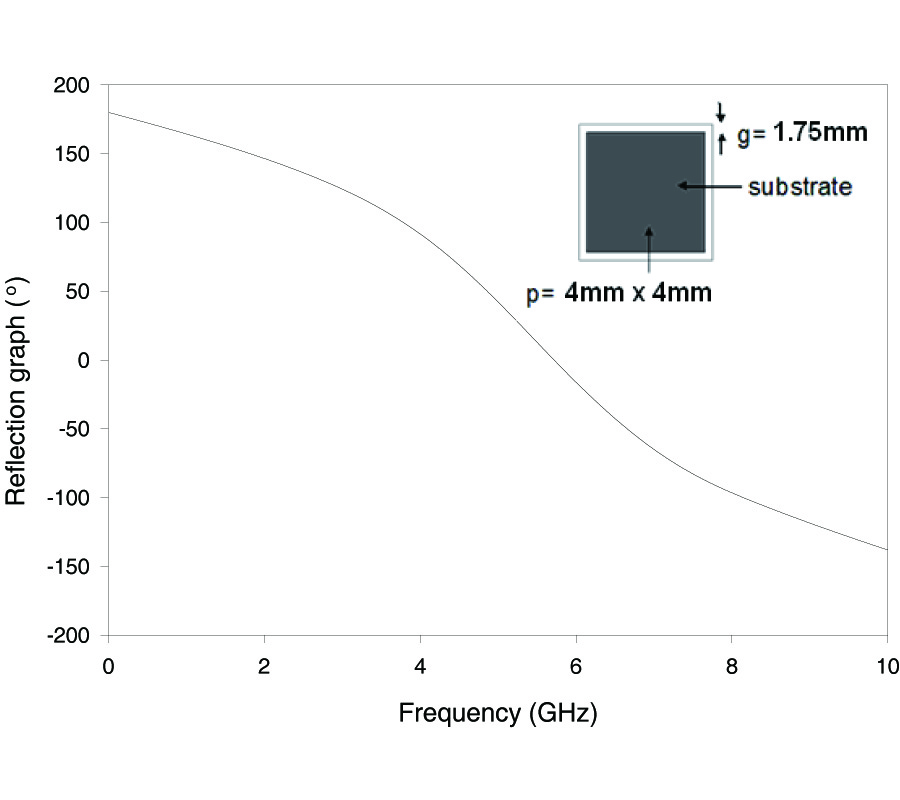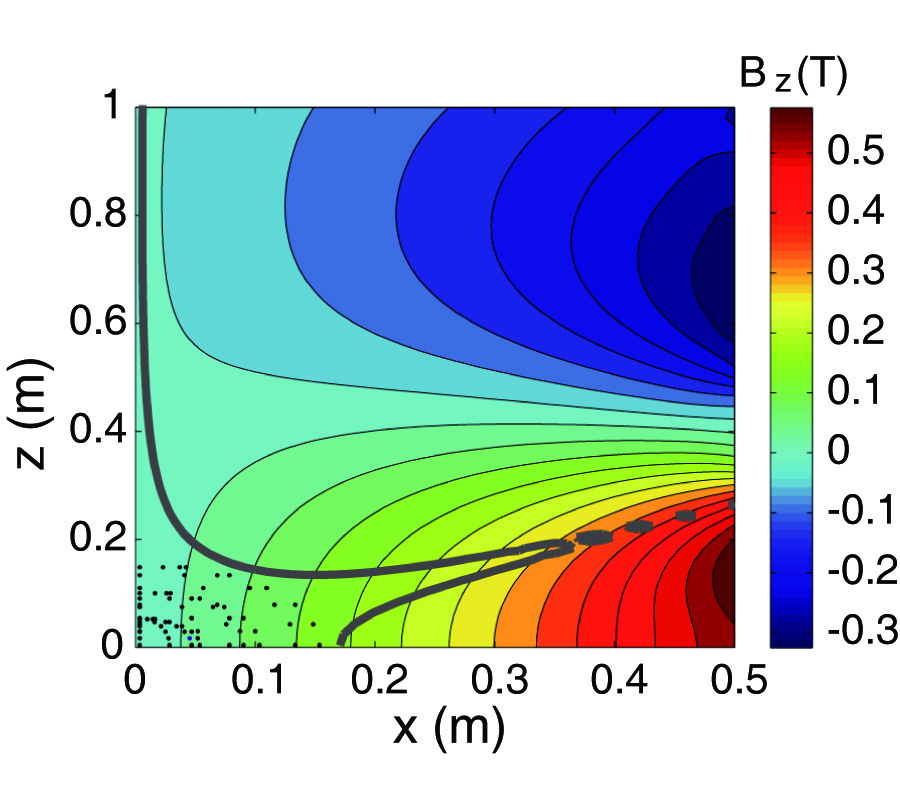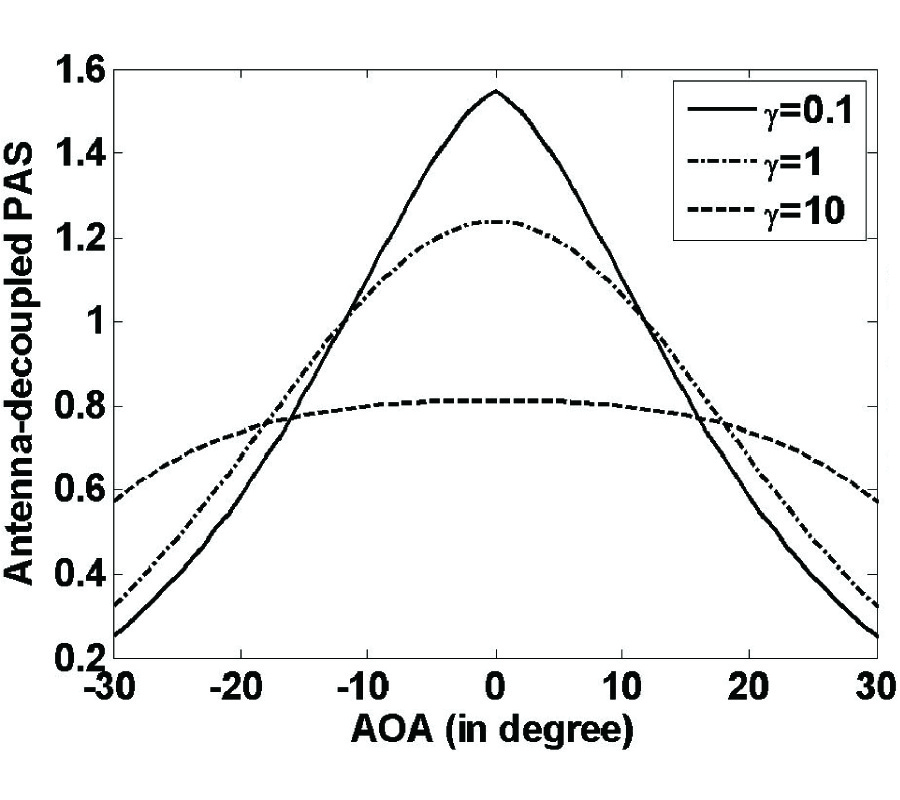Inductance Comparison of the Solenoidal Coil of Modular Toroidal Coils Using the Analytical and Finite Element Method
Mohammad Reza Pahlavani,
Abbas Shiri,
H. A. Mohammadpour and
Abbas Shoulaie
The modular toroidal coil (MTC) is composed of several solenoidal coils (SCs) connected in series and distributed in toroidal and symmetrical forms. In this paper, we present an accurate approach for calculation of the mutual and self-inductance between all the SCs of MTC with any arbitrary section. We use Biot-Savart's and Neumann's equations to calculate the self- and mutual inductance between two filamentary circular rings with inclined axes that lie in the same plane, respectively. Their centers are either displaced along the axis of one coil or displaced along one axis of the first coil and then displaced sideways. We use the extended three-point Gaussian algorithm to solve the numerical analysis of the integrations resulting from these equations. Additionally, we apply the filament method to calculate the inductance of the MTC coil. Moreover, the finite element method (FEM) is employed to obtain SC inductance. The results obtained using the FEM confirms the analytical and empirical results. Furthermore, the comparison of the behavior of SC inductance, when the dimensional parameters of the SC are changed, with the FEM results shows an error of less than 0.2%. In this approach, we clarify how the presented equations have to be used for different coil combinations in the filament treatment. Thus, the presented approach can be easily used to calculate the mutual and self-inductance of a MTC between any two MTC rings in three dimensions.



















